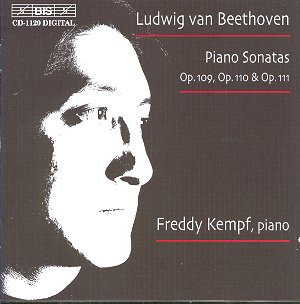 Composer: Giacomo Puccini
Composer: Giacomo Puccini
Works: La Boheme (highlights)
Performers: Renata Scotto (soprano), Alfredo Kraus (tenor), Carol Neblett (soprano), Sherrill Milnes (baritone), Paul Plishka (bass), Trinity Boys Choir, Ambrosian Opera Chorus
Recording: Recorded August 1979, Walthamstow Town Hall, London
Label: EMI Encore Series 574985
Giacomo Puccini’s “La Boheme” remains one of the most cherished operatic staples, encapsulating the bittersweet essence of youthful love amidst the stark realities of bohemian life in 19th-century Paris. This recording, featuring highlights conducted by the esteemed James Levine, captures the opera’s emotional depth while showcasing the interplay between its characters. It is a testament to Puccini’s mastery of dramatic storytelling through music, a hallmark of his style that resonates with audiences even decades after its premiere.
Renata Scotto’s portrayal of Mimì is central to the performance’s success. Her lyric soprano, while showing signs of wear, particularly in its legato lines, effectively conveys the character’s innocence and emotional turmoil. The track “Si. Mi chiamano” reveals her ability to infuse her singing with a poignant vulnerability. The phrasing is nuanced; however, at times, her wobble becomes pronounced, particularly under Levine’s languorous tempo. This tension between expression and technical facility illuminates the character’s fragility and longing, making her interpretation compelling despite its imperfections. Scotto’s chemistry with Alfredo Kraus, who embodies Rodolfo with his characteristic elegance and warmth, is palpable, especially in the Act 1 love duet. Kraus’s voice, rich and well-supported, provides a splendid contrast to Scotto’s more delicate timbre, enhancing the duet’s emotional stakes.
The other characters are equally well-served, with Carol Neblett’s Musetta bringing brightness and vivacity to her role, particularly in her interactions with Sherrill Milnes’s Marcello, whose baritone resonates with both authority and charm. Paul Plishka’s Colline offers a touching moment in his farewell to his coat, a highlight that showcases the character’s poignant sacrifice. The ensemble performances, bolstered by the Trinity Boys Choir and Ambrosian Opera Chorus, add depth and richness to the overall tapestry of sound, enhancing the operatic experience.
From a technical standpoint, the recording quality is commendable, with voices clearly prioritized in the mix, allowing the listener to appreciate the intricate interplay of the orchestra and vocal lines. Levine’s conducting style presents an interesting juxtaposition; while he is known for his briskness, particularly in the comic sections, elsewhere he adopts a more variable tempo that occasionally disrupts the flow of the narrative. His pacing choices, though at times uneven, do allow for moments of introspection, aligning well with the emotional arcs of the characters.
This recording stands out not only for its star-studded cast but also for its ability to convey the essence of Puccini’s work. While there are many interpretations of “La Boheme,” this one holds its own against notable competitors, such as the iconic 1960s recordings featuring Mirella Freni and Luciano Pavarotti. The emotional depth and character portrayal here, especially through Scotto and Kraus, resonate with the listener, making it a worthwhile addition to the catalog of Puccini interpretations.
The performance encapsulates a rich emotional palette and demonstrates a deep understanding of the opera’s dramatic nuances. While not without its technical challenges, it offers a compelling journey through the lives of its characters, affirming the timelessness of Puccini’s work and the enduring appeal of “La Boheme.” This recording is not merely a collection of highlights but rather a vibrant tapestry of youthful passion, heartache, and artistic expression.



